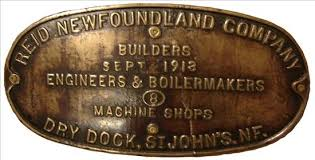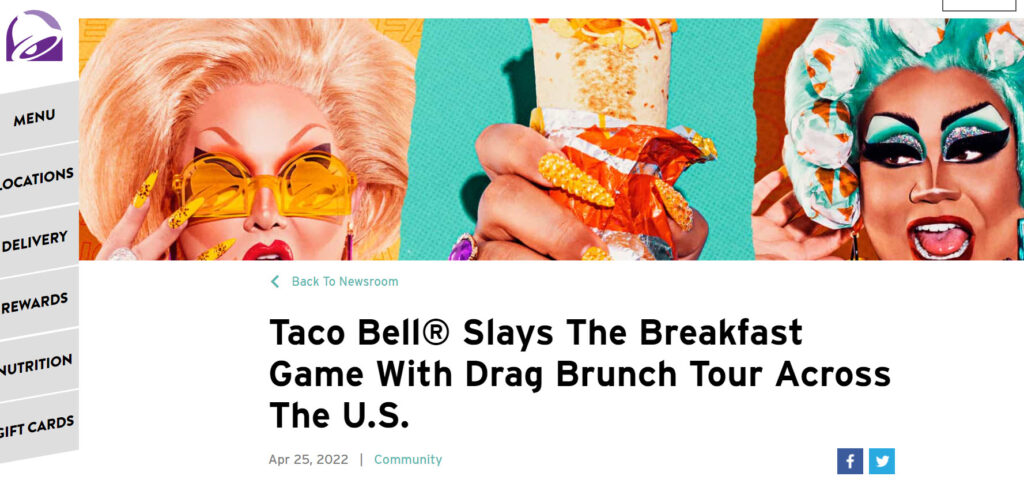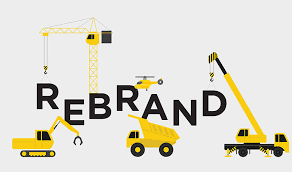Naming. And Breweries of Jackson County.
I went to a brewery yesterday in Sylva, NC branded Innovation Brewing. The logo contains a machined gear in place of the O. The good news is the beer is better than the branding. The tap room was well organized, all the beers listed by beer type. And they seemed to be in descending order of alcohol content. I liked the taproom set up, the tables were cool, the bar was well done and the outdoor seating quite fine.
That said, the name was just wrong — for a beer company in the mountains. Nothing inside the taproom said innovation. It was a tap room. Innovation was just a random word. And a non-endemic word at that. Having done a ton of work in the technology space, I can’t tell you how many times I’ve heard about innovation as a brand quality. Is the word an inside joke? As in, it’s beer for God sake.
Whatever the strategy, the name doesn’t work. Not for first timers. Having never been there before, had I a choice between Innovation Brewing and Balsam Falls Brewery (not a Google result for “Breweries Near Me,”) I would have selected the latter…site unseen.
Naming is important people. Especially for first-time consumers.
Peace.










